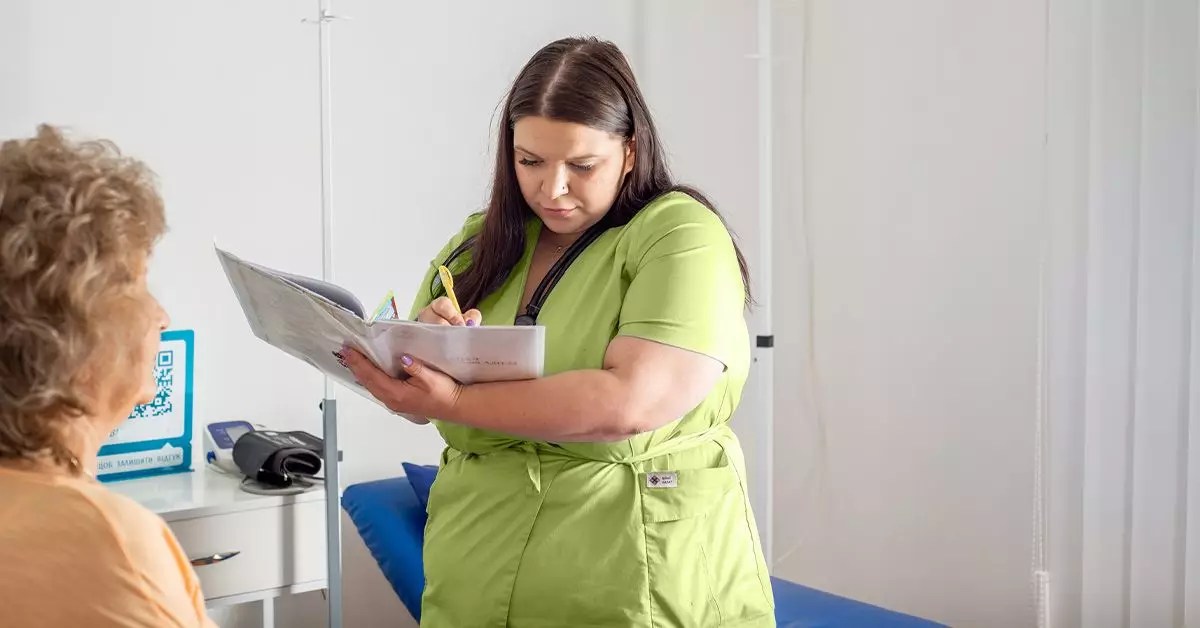Hodgkin’s lymphoma at stage 2 often evokes anxiety and uncertainty due to its classification as an early yet serious form of cancer. Unlike more advanced stages, stage 2 indicates that the malignancy is confined to two or more lymph node groups, either above or below the diaphragm. This distinction is vital because it shapes the treatment approach and prognosis. The added detail of stage 2E, where the cancer extends beyond lymph nodes into nearby tissues or organs, underscores the nuanced nature of this diagnosis. While many perceive cancer purely as a life-threatening ordeal, understanding these subdivisions can foster a sense of control and clarity, empowering patients to confront their journey with informed confidence.
The Dichotomy of Favorable and Unfavorable Prognosis
A critical aspect of managing stage 2 Hodgkin’s lymphoma lies in its categorization into favorable and unfavorable subgroups. Favorable cases typically lack risk factors such as extensive organ involvement, multiple lymph node groups, B symptoms like fever or weight loss, or large tumor masses. Patients falling into this category generally have a remarkable chance of remission with standard treatment protocols. Conversely, unfavorable stage 2 cases carry one or more of these risk factors, demanding more aggressive or tailored therapeutic strategies. Recognizing this difference isn’t merely academic; it influences the intensity and duration of treatment, shaping a patient’s physical experience and emotional resilience. While this classification might seem daunting, it reinforces the importance of individualized care—a beacon of hope amid uncertainty.
Innovative Treatment Strategies and the Power of Personalization
Although traditional treatment begins with chemotherapy—a weapon proven effective for early-stage Hodgkin’s lymphoma—the landscape is rapidly evolving. Recent research suggests that with thoughtful customization, treatments aim not only to eradicate cancer but also to minimize long-term side effects that can diminish quality of life post-treatment. In fact, the focus of modern oncology isn’t solely on survival but on holistic well-being. Patients today are encouraged to participate actively in their treatment decisions, considering options like targeted therapies, radiation, or even less intensive regimens for favorable cases. The importance of personalized medicine cannot be overstated, as it offers a dual advantage: high cure rates and reduced adverse effects, allowing survivors to look forward to a life beyond cancer.
Hope and Resilience: The Real Power in Fighting Hodgkin’s Lymphoma
Most importantly, early-stage Hodgkin’s lymphoma, including stage 2, has an excellent prognosis. Advances in detection, targeted therapies, and supportive care have transformed what once was considered a grim diagnosis into a story of hope. The 2023 studies underline the high curability of stage 2 disease, provided that treatments are optimized and side effects managed effectively. The path forward for individuals diagnosed at this stage involves a proactive partnership with healthcare professionals, a strong support network, and an unyielding belief in their ability to recover. While the journey may be challenging, remarkable progress has been made, transforming fear into fighting spirit and uncertainty into optimism.

